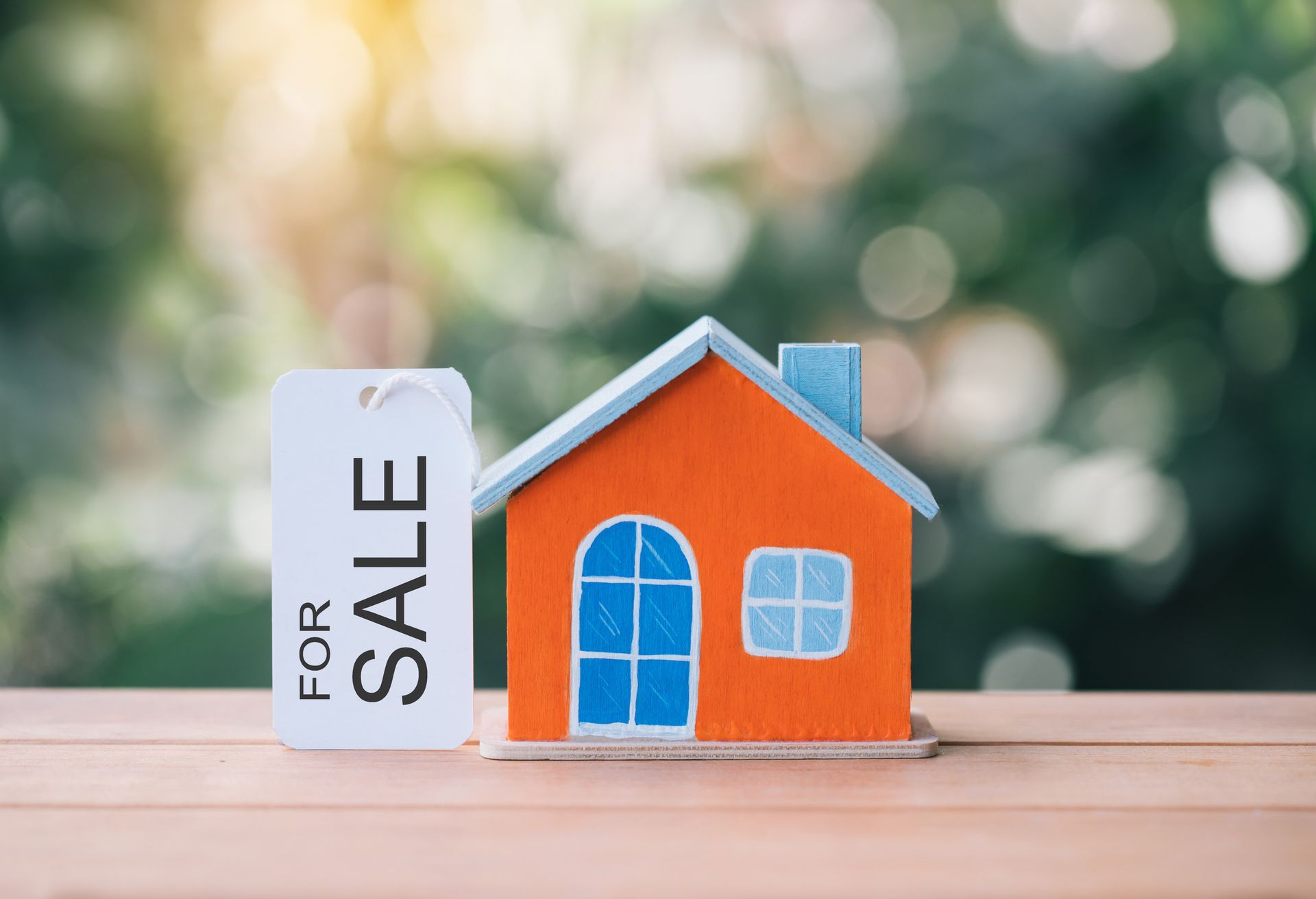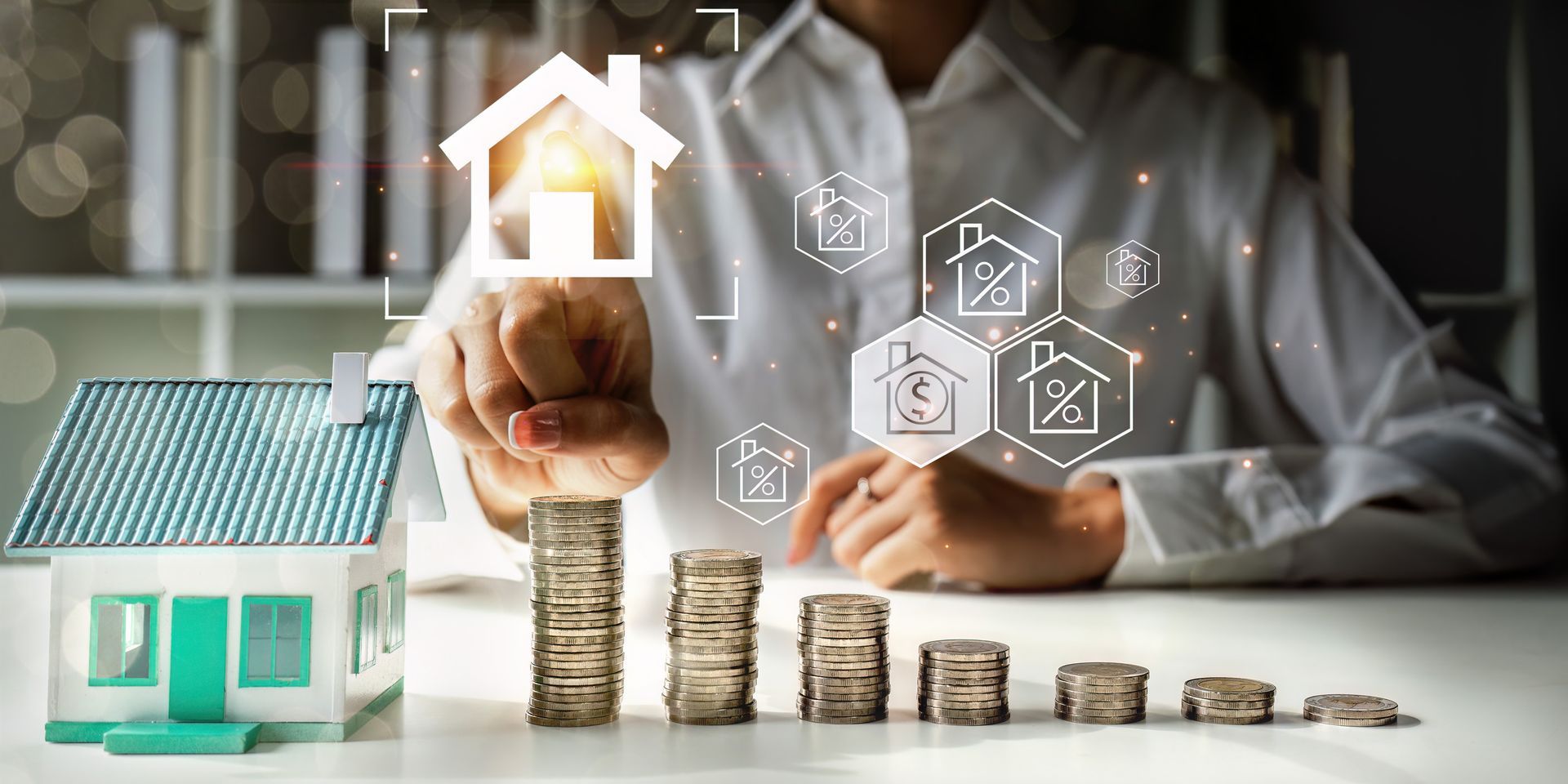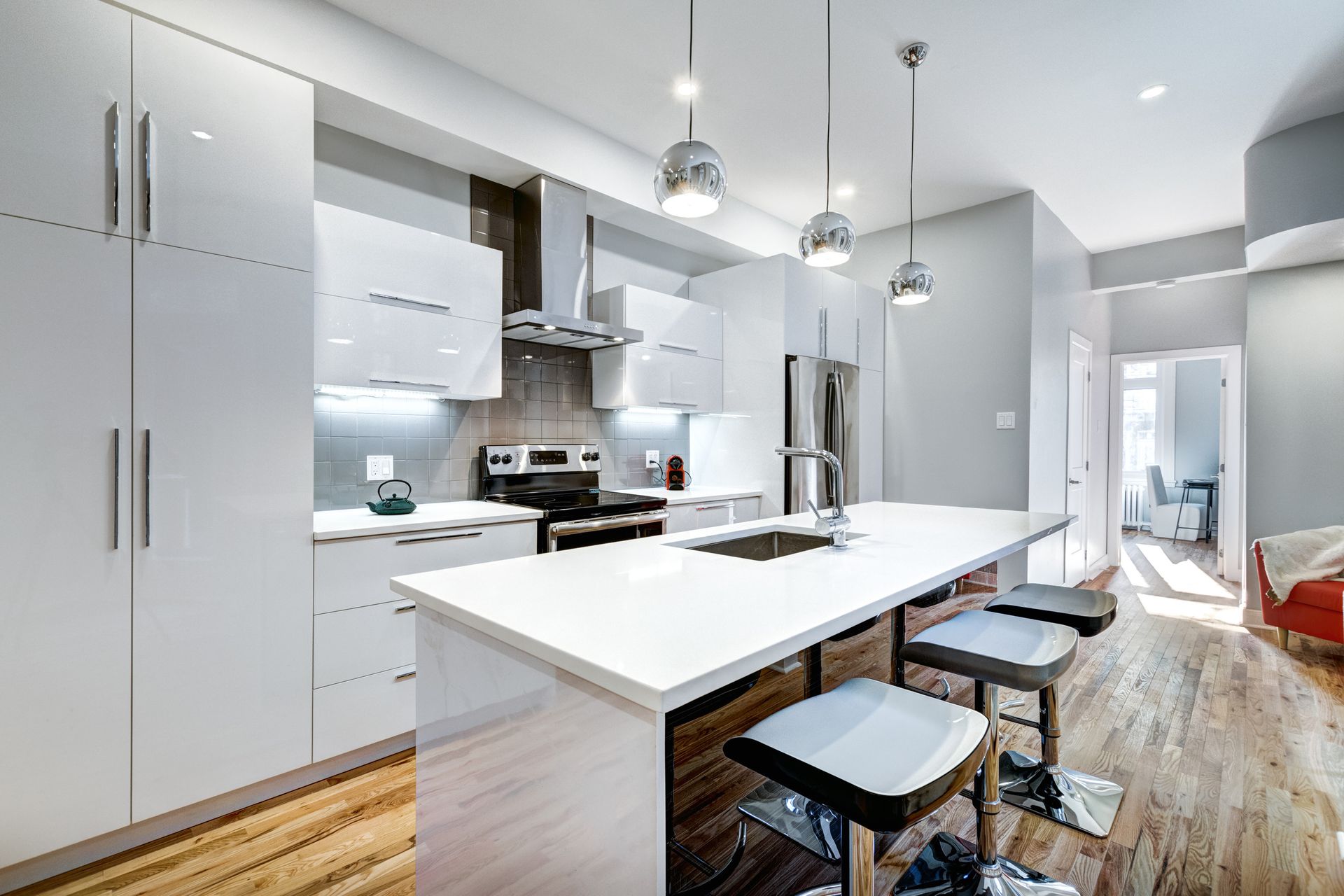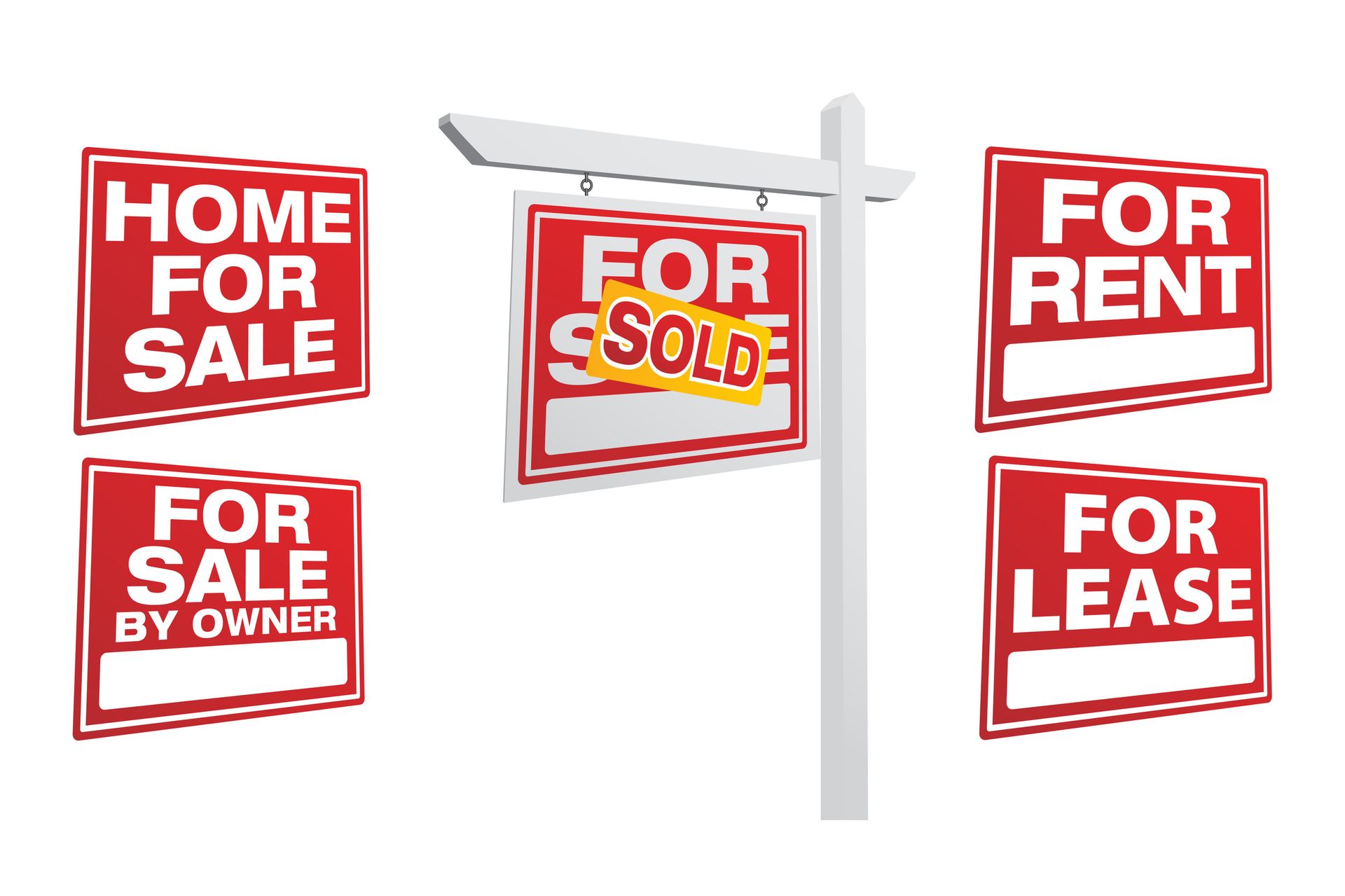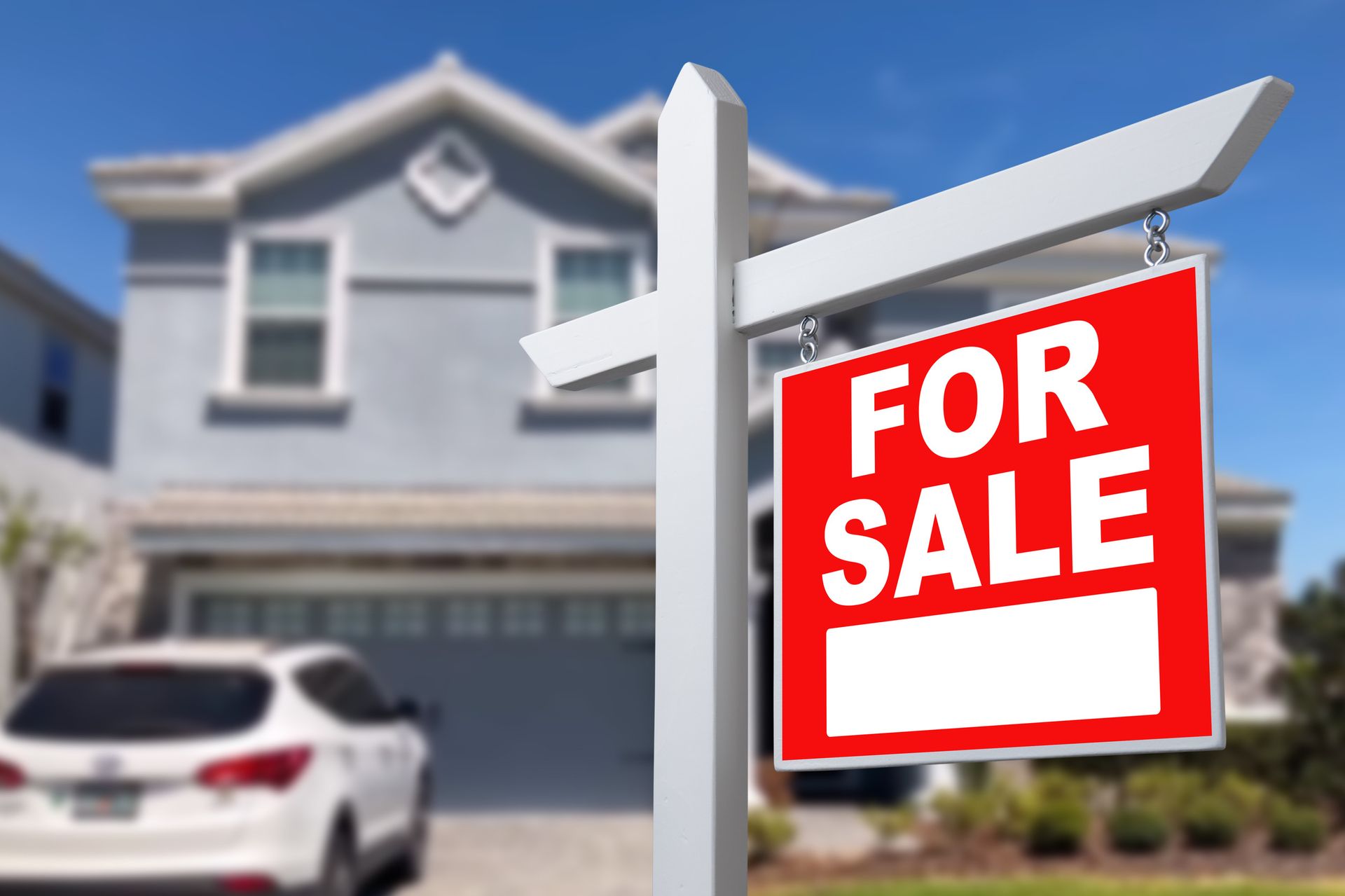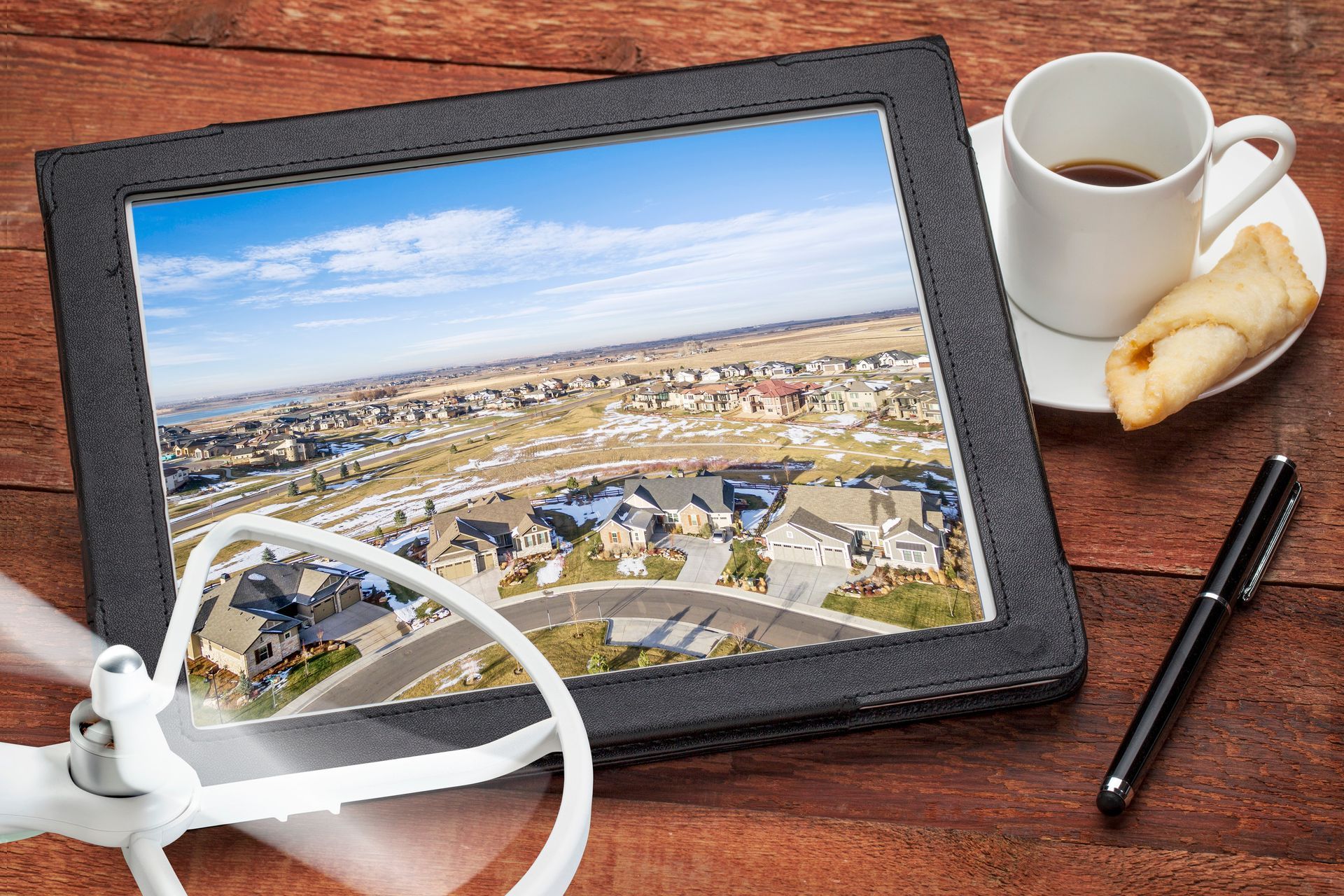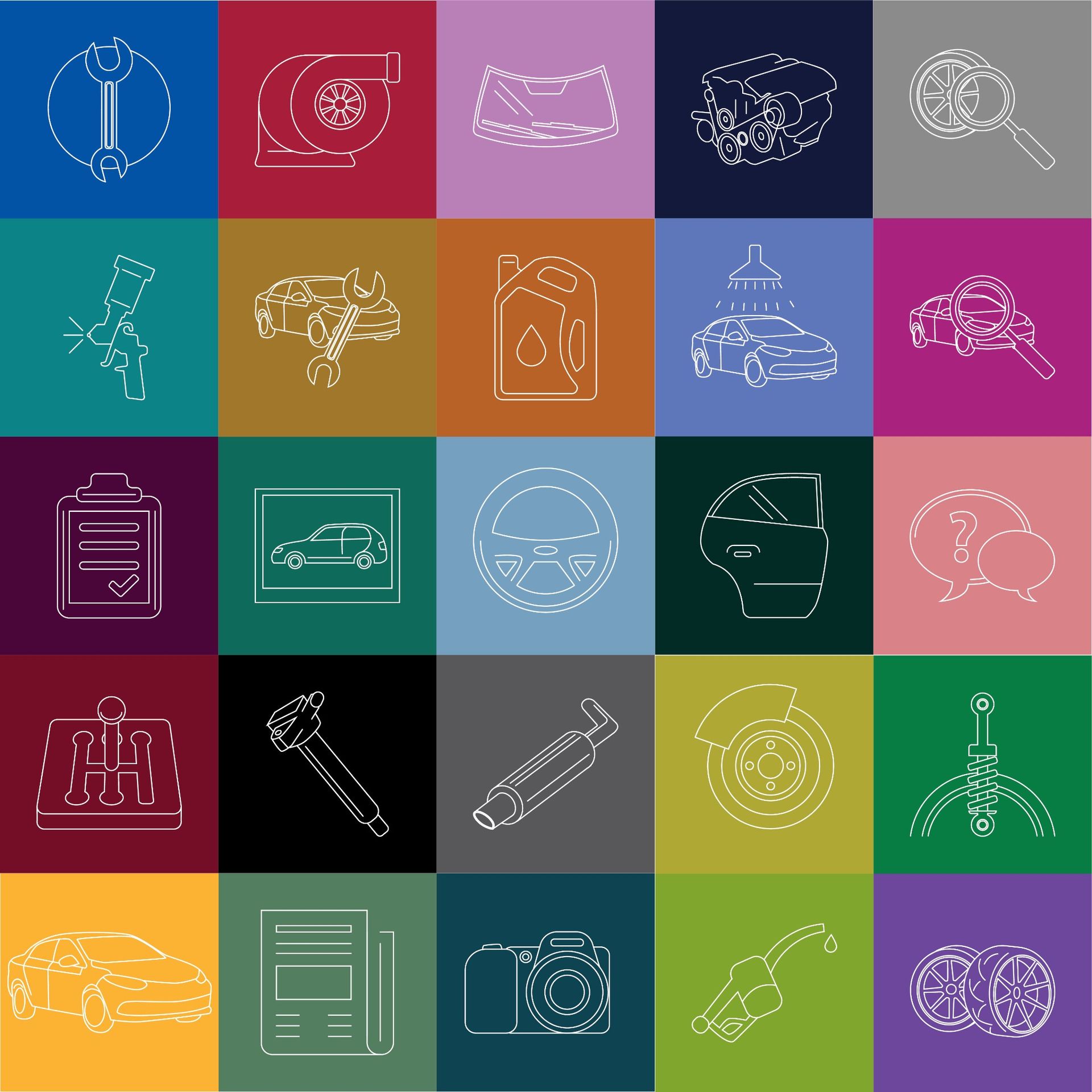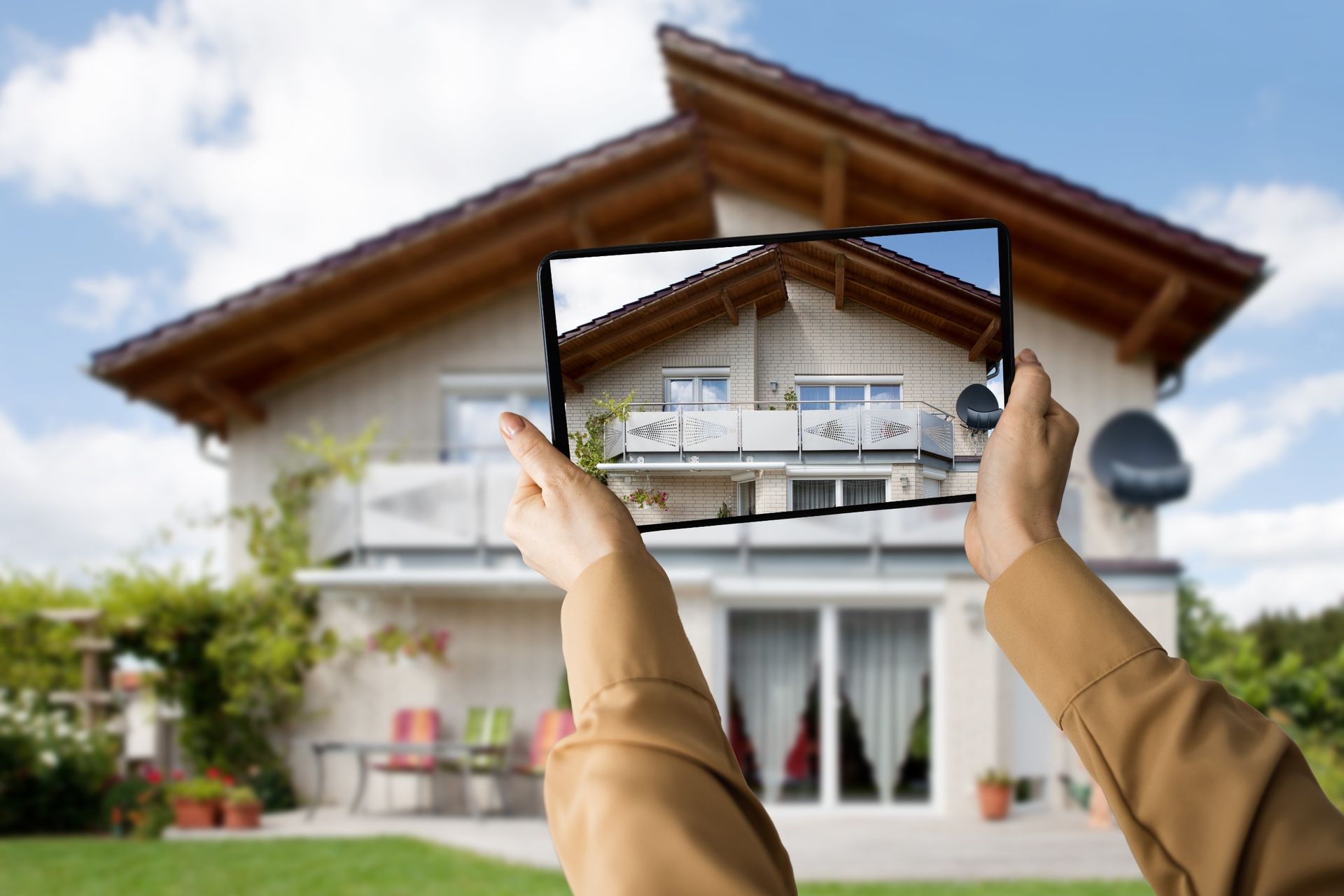Premier Realty Services
Premier Realty Services
How Virtual Staging and Tours Are Evolving
In an ever-evolving world driven by technology, the real estate industry is not lagging behind. The traditional method of staging homes and arranging physical tours has seen a significant transformation with the advent of virtual staging and tours.
This innovative technique, powered by advanced technology, has revolutionized the way potential buyers view and interact with properties, providing an immersive, interactive, and convenient experience.
This blog post delves into the evolution of virtual staging and tours, exploring their journey from a novel concept to a vital tool for real estate professionals globally.
What Is Virtual Staging and How Does It Work
Virtual staging is a technology-driven method allowing real estate professionals to digitally furnish and decorate a property. By leveraging software tools, professionals can create realistic images of a property, complete with furniture, decor, and even different wall colors. This gives potential buyers a glimpse of what the property could look like when fully furnished, helping them visualize living in the space.
The process begins with high-resolution photographs of the empty or existing property. These images are then uploaded into specialized software where interior designers or staging professionals digitally add elements to the space. They can manipulate everything from the style of furniture to the layout and lighting.
Once the staging is complete, the software produces photorealistic images that real estate agents can use for listings. This not only enhances the appeal of the property but also allows buyers to tour properties virtually, saving both time and resources.
Benefits of Virtual Staging for Home Sellers
- Cost-effective: Compared to traditional staging, virtual staging is significantly less expensive. It eliminates the need for physical furniture rental, transport, and staging fees.
- Versatility: With virtual staging, a space can be customized in countless ways to appeal to various buyer tastes. A room can be transformed into a home office, a gym, or a nursery, all at the click of a button.
- Increased Attraction: Virtually staged homes look more appealing in online listings, attracting more potential buyers. This can lead to faster sales and potentially higher offers.
- Saves Time: The process of physically staging a home can take days or even weeks. With virtual staging, a room can be completely transformed within a few hours.
- Visualization: Virtual staging allows potential buyers to visualize how they could utilize and live in the space, making the property more attractive to them.
- Convenience: Virtual tours provide potential buyers the opportunity to view the property from the comfort of their own home, at any time that suits them. This widens the pool of potential buyers, as it includes those who may not be able to visit the property in person.
Tips and Tricks for Creating the Perfect Virtual Tour
- Use High-Quality Images: Start with high-resolution images as they provide a solid foundation for creating an engaging virtual tour. Low-quality images can result in a pixelated and unprofessional virtual tour.
- Choose the Right Software: There are numerous virtual tour software options available on the market. Choose one that fits your needs and budget. The software should be user-friendly and produce high-quality output.
- Lighting is Key: Ensure that each room is well-lit. Natural light is ideal, but if that's not possible, use artificial lighting to create a bright, welcoming environment.
- Showcase Key Features: Highlight the property's key features, such as a spacious kitchen, a cozy fireplace, or a stunning view. Make sure these features stand out in the virtual tour.
- Keep it Real: Avoid over-staging or creating an unrealistic image of the property. The goal is to help potential buyers visualize living in the space, not to misrepresent it.
- Include a Floor Plan: A floor plan provides a comprehensive view of the property's layout, making it easier for viewers to understand the flow of the space.
- Add Interactive Elements: Make your virtual tour interactive by adding hotspots, video clips, or 360-degree views. This will engage viewers and keep them interested.
- Keep it Simple: Do not overwhelm viewers with too much information or overly complex navigation. Keep the tour simple and intuitive to use.
Potential Pitfalls to Avoid When Using Virtual Staging
- Over embellishment: Do not digitally alter the property to an extent that it misrepresents its true condition. Any significant alterations can lead to potential legal issues.
- Ignoring the Target Market: Keep the target audience in mind when staging. Overly trendy or niche designs might alienate potential buyers.
- Excessive Staging: Too much furniture or decor can make the space appear cluttered. The aim of staging is to highlight the property, not the virtual furniture.
- Ignoring the Property's Style: The staging should complement the style of the home. An ultra-modern decor in a classic home can feel out of place.
- Skipping Rooms: Don't forget to stage every room in the house. Skipping rooms can give an incomplete view of the property.
- Low-Quality Images: Poor-quality images can result in a blurry or unappealing virtual tour. Investing in professional photography is essential for effective virtual staging.
- Lack of Creativity: Utilizing the same staging elements in different properties can make your listings monotonous. Try to create unique designs to make each property stand out.
- Insufficient Explanation: Ensure that viewers understand that the images are virtually staged. This can prevent misunderstandings and build trust with potential buyers.
The Latest Technology in Virtual Staging and Tours
- 3D Walkthroughs: This technology enables potential buyers to navigate through the property at their own pace, examining each room from any angle they choose. It offers a more immersive, realistic experience than traditional 2D images.
- Augmented Reality (AR): AR allows users to superimpose virtual images onto their real-world environment. This can be particularly useful for buyers who want to see how their own furniture would look in a property.
- Virtual Reality (VR): Using a VR headset, buyers can "step inside" a property and explore it as though they were physically there. This provides an incredibly immersive experience, especially when combined with 3D walkthroughs.
- 360-degree Videos: These videos offer a panoramic view of each room in a property, allowing buyers to "look" in any direction they choose.
- Drone Technology: Drones can capture sweeping aerial views of a property and its surrounding areas, giving buyers a better understanding of its location and layout.
- Artificial Intelligence (AI): AI can be used to generate realistic virtual staging designs based on the preferences and behavior of the potential buyer, creating a more personalized viewing experience.
- Interactive Floor Plans: These floor plans allow buyers to "walk through" a property room by room, clicking on features of interest for more information. This adds an extra layer of interactivity to the viewing experience.
About Premier Realty Services
At
Premier Realty Services, we offer varied realty services, including drone photography and videography, virtual staging, sign storage and placement, 3D tours, and
real estate sign printing. Our clients choose us for our dependable and quality assistance. All they have to do is tell us what they need, when they need it, and where — we will take care of the rest.
For more information about
real estate videographer, call
281.800.4898 or write to
help@prstx.com.
